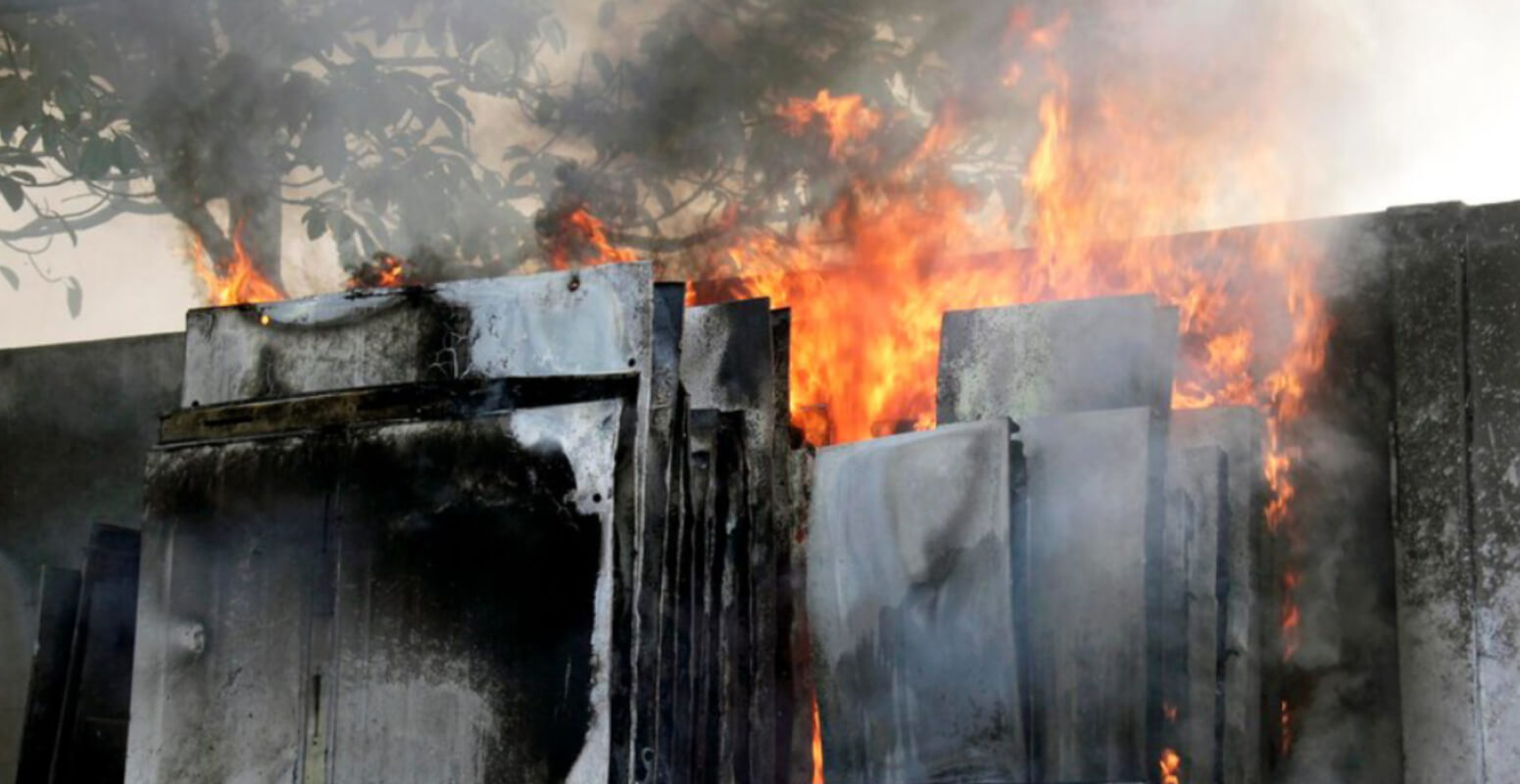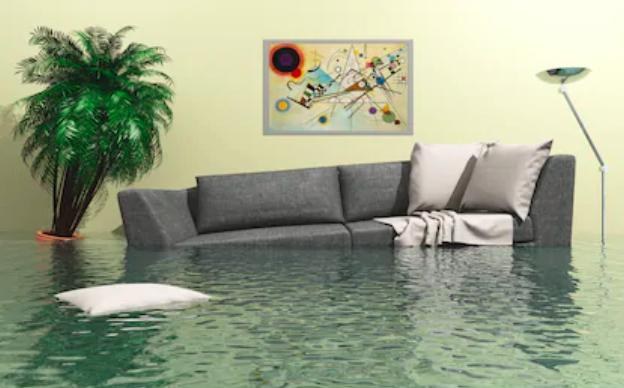Fire is unpredictable—but your response to it doesn’t have to be. When flames sweep through a home or commercial building, the damage is immediate and often overwhelming. But what happens next is just as critical. Most property owners don’t realize how fast the situation can go from bad to worse after the fire is out. That’s why having emergency fire cleanup protocols in place isn’t a luxury—it’s a necessity.
At Stanley Restoration, we’ve seen firsthand how the first 24–48 hours after a fire can either preserve a structure or set the stage for total loss. Whether it’s a kitchen fire, electrical short, or full-blown blaze, how you respond—and how fast—determines how much of your property, structure, and belongings can be saved.
What Happens After the Firefighters Leave
Once the fire is extinguished, the damage begins to change. Water from suppression efforts pools in walls and floors. Smoke and soot continue to spread and settle. Ash mixes with moisture and creates acidic residue that eats away at surfaces. And in some cases, power and HVAC systems remain off, leaving moisture to sit in stagnant, unventilated air.
Without immediate fire damage cleanup, the home or building begins to deteriorate even further. Metal corrodes. Plastics warp. Paint blisters. And soot embeds itself into porous surfaces like drywall, ceilings, and carpet. The sooner you intervene with professional-grade response, the more you save—not just structurally, but financially.
Why “Just Cleaning” Isn’t Enough
One of the biggest myths in fire recovery is that smoke and soot can be wiped off with household cleaners. In reality, fire residues vary greatly depending on what burned. Plastics, fabrics, wood, and electrical components each produce a different type of soot—some dry and powdery, others greasy and sticky.
Stanley Restoration uses advanced soot removal services, matched with the appropriate chemicals and tools, to ensure all surfaces are cleaned without damage. More importantly, we contain the affected area and use HEPA filtration to prevent further spread of contaminants during cleanup.
Smoke Travels Further Than You Think
It’s not uncommon for smoke from a living room fire to reach the attic, crawlspace, and even closets with closed doors. That’s because smoke moves with air currents and rises quickly into unseen places. Our team provides full smoke damage restoration, which includes surface decontamination, smoke odor removal, and duct system inspection to catch what you can’t see or smell right away.
Even if the structure wasn’t touched by flames, smoke can ruin furniture, textiles, books, and electronics. We often assist with contents restoration services and smoke damaged item restoration, ensuring sentimental and essential items are treated with professional care.
The Overlooked Role of Water Damage After a Fire
After a fire, most homes and businesses also deal with the effects of water. Whether from sprinkler systems or hoses, saturation causes its own problems. We regularly perform emergency water removal and water extraction & removal as part of post-fire restoration. The key is speed—mold can begin to grow within 24–48 hours of water exposure if drying isn’t completed thoroughly.
That’s why our emergency water damage repair protocols run alongside our fire cleanup process. From the charred framing to soaked carpets, we evaluate and treat every layer of the home to prevent long-term problems.
Why You Need a Plan Before the Disaster
While no one wants to imagine a fire in their home or business, preparing ahead can make all the difference. Having a professional restoration team like Stanley saved in your phone, with an understanding of your building’s layout, entry points, and utility shutoffs, accelerates the response dramatically.
We’ve helped families and business owners recover from all types of fire-related losses—from single-room blazes to full residential storm damage repair cases following wildfires and wind-driven events. Preparation saves time, reduces stress, and increases the chance of full recovery.
The Importance of Fast Structural Stabilization
Beyond cleanup, fire often leaves structures unstable. Support beams may be weakened. Roof decking may be compromised. Drywall may be sagging and ready to collapse. Our team offers storm and wind damage cleanup and post-fire board-up and tarping to stabilize properties immediately.
When needed, we also assist with roof tarping services, window board-up after storm or fire exposure, and debris removal. It’s not just about restoring what was lost—it’s about keeping what’s left safe while rebuilding begins.
Don’t Go It Alone—We’re Here 24/7
Whether your fire was small or devastating, the trauma is real. And trying to navigate the cleanup on your own is often more than most people can handle. At Stanley Restoration, we provide 24/7 emergency response, because we know that fire doesn’t care about business hours.
Our fire damage contractors arrive quickly, assess the full scope, and begin work immediately. That includes fire and smoke restoration, contents pack-out, structural drying, and even full rebuild if needed. We’ll also document the entire process to help with insurance coordination and reporting.
Your Home Deserves a Full Comeback
We believe that every home and business hit by fire deserves the chance to be fully restored. Our job isn’t just cleaning—it’s helping you reclaim your space. From house smoke damage repair to flood damage cleanup triggered by firefighting water, we offer total restoration under one roof.
Don’t wait until damage spreads. Call Stanley Restoration today and let us put a complete fire and smoke cleanup plan in motion—from damage assessment to final inspection.

 Get To Know Us
Get To Know Us








 We Offer Financing
We Offer Financing




